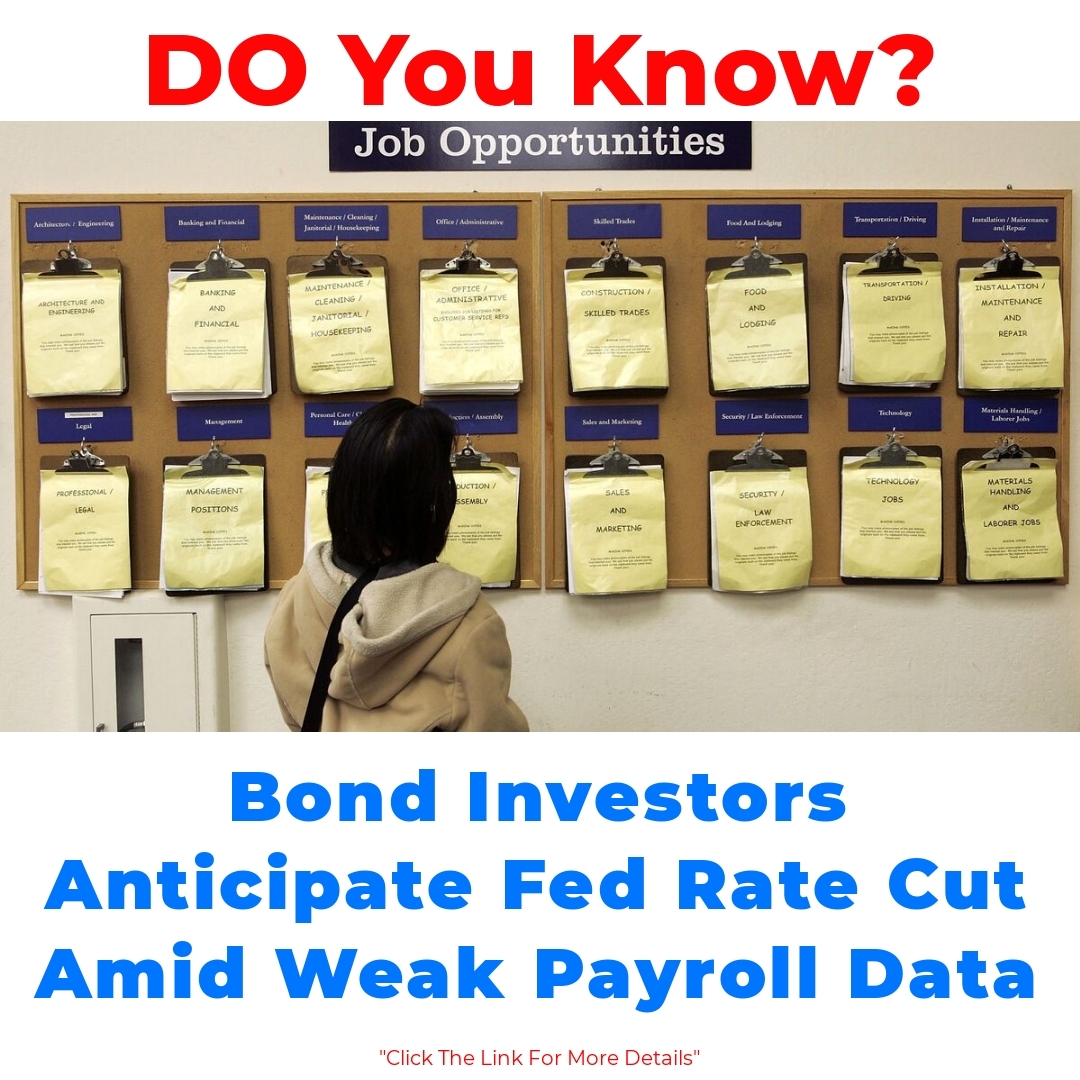The landscape of bond investing is poised for significant shifts as investors anticipate a Federal Reserve interest-rate cut next week. This expectation is fueled by recent trends in US payrolls data, which have portrayed a weaker economic climate. As bond investors grow more confident, understanding the Fed’s role and the implications of these economic indicators becomes crucial in navigating future market fluctuations.


Understanding the Federal Reserve’s Role in Interest Rates
The Federal Reserve plays a critical role in shaping the economy through its control of interest rates. By adjusting these rates, the Fed influences everything from borrowing costs for businesses to mortgage rates for homeowners. To grasp how significant a potential interest-rate cut can be, it helps to look back at historical trends in monetary policy.
Over the years, when the Fed lowered interest rates, it typically aimed to stimulate economic growth, especially during periods of economic downturn or uncertainty. Monitoring economic indicators like the Non-Farm Payrolls (NFP) becomes essential, as these figures can signal the health of the job market and, consequently, the economy overall.
Bond Investors’ Optimism Amid Weak Payrolls Data
Recently, we’ve seen some concerning news in the U.S. payrolls data, revealing weaker-than-expected job growth. This news seems to be causing a stir among bond investors, who often view weak employment statistics as a catalyst for action from the Federal Reserve. When job growth stalls, it raises concerns about consumer spending and overall economic vitality, leading investors to believe that the Fed might be inclined to lower interest rates sooner rather than later.
This connection between disappointing payroll results and the bond market illustrates how sensitive bond investors are to these economic indicators. The current climate shows that many traders are feeling optimistic about potential Federal Reserve actions, believing cuts in interest rates could pave the way for better returns on bonds down the line.
Market Conviction and the Anticipation of Interest Rate Cuts
As bond investors analyze current trends, they gauge market conviction regarding the likelihood of future interest rate changes. This involves closely watching a variety of economic indicators, including inflation rates, GDP growth, and, vital in this context, employment statistics.
When the labor market shows weakness, such as what we’ve seen in recent payroll reports, it often causes speculation about the Fed’s next moves. Many analysts are predicting that upcoming Federal Reserve meetings could result in favorable outcomes for bond investors, reinforcing their conviction that an interest rate cut is looming on the horizon.
The Impact of Weak Payrolls Data on Future Interest Rates
Weak payrolls data doesn’t just affect bond investors’ sentiments; it can have tangible consequences for the market itself. Should the Federal Reserve choose to cut interest rates in response to these data releases, the bond market may experience a shift where prices rise, and yields fall.
The decision to lower rates may serve to further influence economic indicators like hiring and inflation. This creates a feedback loop where cuts can improve economic conditions, but if the economy doesn’t respond favorably, the Fed might face tough decisions in the future. Understanding how these elements interplay can help investors anticipate market performance in the wake of rate changes.
Conclusion – The Path Ahead for Bond Investors
As we look ahead, the landscape regarding Federal Reserve interest-rate cuts continues to evolve. The recent trends in U.S. payroll data have placed bond investors in a position of cautious optimism. It’s important for these investors to stay informed and engaged as they navigate this dynamic environment.
The implications of any potential rate cuts could significantly influence bond market performance, making it essential for investors to closely monitor upcoming employment statistics and Federal Reserve communications. By staying updated, they can position themselves to make informed decisions as market conditions change.
Call to Action
We invite you to share your thoughts on how you believe upcoming interest rate changes will affect the bond markets. Your insights could add valuable perspectives to this ongoing discussion. For those keen on keeping abreast of developments in monetary policy changes and economic forecasts, consider subscribing for regular updates!
FAQ
What is the Federal Reserve’s role in setting interest rates?
The Federal Reserve, often referred to as the Fed, influences the economy by controlling interest rates. By adjusting these rates, they can affect borrowing costs, investment levels, and overall economic activity.
How does a decrease in interest rates impact the economy?
When the Fed lowers interest rates, it generally encourages borrowing and spending. This can stimulate economic growth, especially during tough economic times. Lower interest rates can also lead to lower mortgage rates for homeowners.
Why are weak payrolls data important to investors?
Weak payrolls data can indicate a struggling job market, which raises concerns about consumer spending and economic health. Bond investors pay close attention to this data as it can influence the Fed’s decision to lower interest rates.
What are the implications of anticipated interest rate cuts for bond investors?
- Potentially higher bond prices as yields fall.
- Increased investor optimism regarding future returns.
- Greater sensitivity to economic indicators like inflation and GDP growth.
How should bond investors prepare for changes in interest rates?
Bond investors should monitor key economic indicators, particularly employment statistics, as well as Federal Reserve announcements. Staying informed will help them make better investment decisions in response to potential interest rate changes.
What could happen if the Fed cuts interest rates but the economy does not improve?
If the Fed lowers rates but the economic situation does not improve, they may face difficult decisions in the future. This can create a feedback loop where the intended effects of the rate cuts may not materialize, affecting overall economic conditions.






